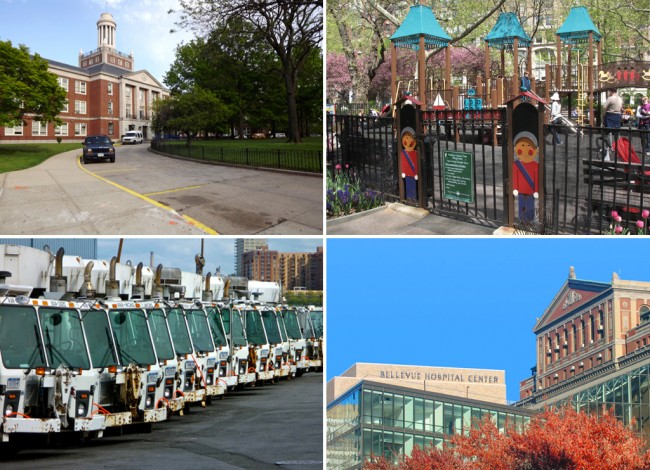
We are celebrating 15 years — and counting — of stories that are deeply researched and deeply felt, that build a historical record of what the city has been.
We are celebrating 15 years — and counting — of stories that are deeply researched and deeply felt, that build a historical record of what the city has been.
To mark the fifth anniversary of the launch of Urban Omnibus, we look at themes that have emerged in our content over time and think about what those threads reveal about the needs, desires, and priorities of the city today.
We sometimes describe the typical reader of Urban Omnibus as the person who, in passing a construction site, will find a hole in the blue plywood to peer through to see what’s going on.
Indeed, a perennial concern on the site has been to satisfy that curiosity, exposing sites, projects, landscapes, infrastructures, and systems that are important to the making — and maintenance — of the city, but that are often difficult to see. In 2011, UO did just that when it produced City of Systems, a suite of short videos offering a poetic peek at a variety of “unseen machines,” from the mechanical and engineering systems of the Verrazano-Narrows Bridge and a midtown Manhattan office building, to the city’s traffic management and waste removal architectures.
Similar endeavors have taken UO readers through the air(waves), under the street, and even into the harbor in search of answers about the physical, spatial, economic, technological, public, private, governmental, and design significance of various strata of urban space. Even our intangible “cloud” was not safe from scrutiny — the physical buildings, hubs, and infrastructure of the Internet pulled out, tracked down, and examined.
Of course, much of the “stuff” that makes our city work is not just hidden or difficult to find, it is comprised of structures and systems without any true physical form. In a fascinating interview, legal scholar Gerald Frug has elucidated the legal mechanisms of municipal governance that both enable and constrain urban change; teaching artists for the Center for Urban Pedagogy have investigated what transportation planning “looks like” by talking to stakeholders, and researching policy and financing; and scholar of design and technology Laura Forlano has revealed how the design for services will increasingly change the way we interact with almost every aspect of our cities.
Whatever and wherever it is, the stuff of city making and servicing will continue to be made visible on Urban Omnibus, offering a hole in the plywood to look through.

Schools, parks, sanitation, and hospitals are among the many public services handled by local government in New York City. | Clockwise from top left: Forest Hills High School, Madison Square Park Playground, a fleet of DSNY trucks, Bellevue Hospital Center; images courtesy of Brian, Manfred Lentz, Briyyz, and New York Health and Hospital Corporation
The views expressed here are those of the authors only and do not reflect the position of The Architectural League of New York.